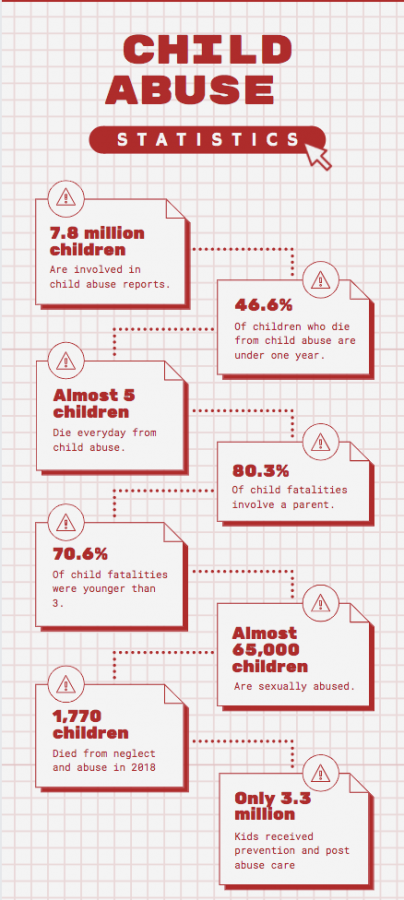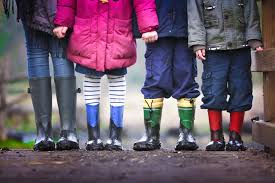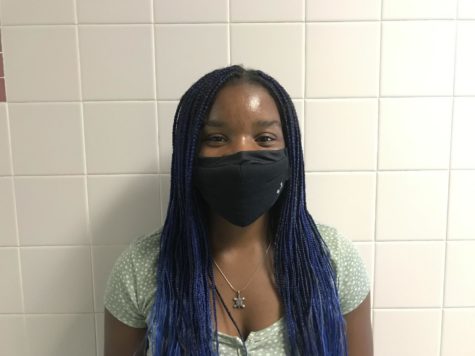April acknowledges child abuse prevention
Source: SPCC
April 1, 2021
No matter the time of year, child mistreatment is a recurring issue. Since it was established in 1983, Child Abuse Prevention month has served to start and continue conversations regarding the causes and effects of trauma caused by maltreatment. It allows people to reflect on what child abuse is, support victims and help prevent any further occurrences.
“Informing as many people as possible is crucial so this issue is given more attention,” senior Yatra Karki said.
According to the Centers for Disease Control and Prevention, child abuse comes in varying forms including physical, sexual, emotional abuse as well as neglect. While physical and sexual abuse is described as bodily harm, emotional abuse also takes a toll on the child’s mental health. Neglect can bring both emotional distress and physical hardships due to malnutrition or the development of other medical problems.
“Whether it is verbally, physically or emotionally, aggressors are endangering a child and their future because they have such a prolific impact,” Karki said.
In 2020, about one in seven children have experienced some form of child abuse. During 2018, 62% of children were removed from foster homes due to neglectful abuse. In Virginia alone, 1,100 children were found to have suffered a form of abuse during 2017 according to Child Abuse NOVA. According to the Society for the Positive Care of Children (SPCC), the cycle of abuse continues due to 30% of child abuse victims abusing their own children later on.
“By ignoring and suppressing their internal emotions, aggressors tend to take it out on the victim which is very unfair and unhealthy,” senior Serena Gulajan said.
According to Child Welfare, there are multiple long-term mental effects on victims of child abuse. For example, many child abuse victims face increased rates of anxiety, depression and post-traumatic stress disorder. Social and attachment issues inhibit victims from forming positive relationships later on in life.
“Besides the physical injuries inflicted on a child, [child abuse] victims can experience lifelong physical, psychological, and behavioral problems that can immensely affect their lives,” Karki said.
According to the American Psychological Association, unprecedented issues like COVID-19 generally lead to higher rates of child abuse. During quarantine, there have been greater rates of domestic abuse overall due to family tensions increasing. In addition, many victims do not receive proper treatment for their issues, causing the cycle of abuse at home to continue.
“Child abuse aggressors should seek help for their own trauma and emotions as that is usually a prominent stressor for their aggression,” Gulajan said.
Initiatives can be taken to prevent child abuse. The main way for students to help prevent child abuse is by spreading awareness to parents and peers and start discussions on social media.
“People can acknowledge Child Abuse Prevention Month by encouraging their communities to increase awareness and provide education and support to families through resources and strategies to prevent child abuse,” Karki said.
Additionally, according to Families Forwards, a way to honor child abuse victims during April is to plant blue pinwheels, the national symbol for child abuse prevention.
“Child Abuse Prevention Month [is important because it] gives people the opportunity to learn the signs and consequences of child abuse and how to help the victims,” Gulajan said.
Places to report child abuse include:
Virginia’s Child Abuse and Neglect Reporting Number at 800-552-7096
The National Center for Missing and Exploited Children’s Cyber Tipline at 1-800-843-5678
Childhelp Nation Child Abuse Helpline at 1-800-422-4453




